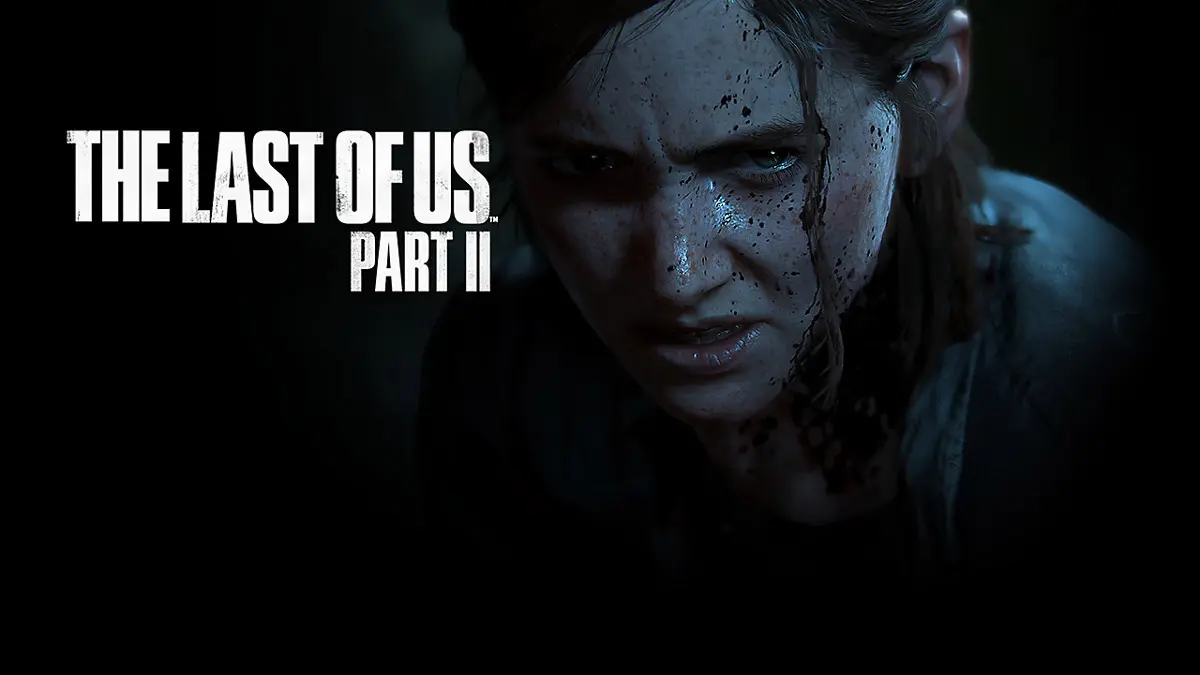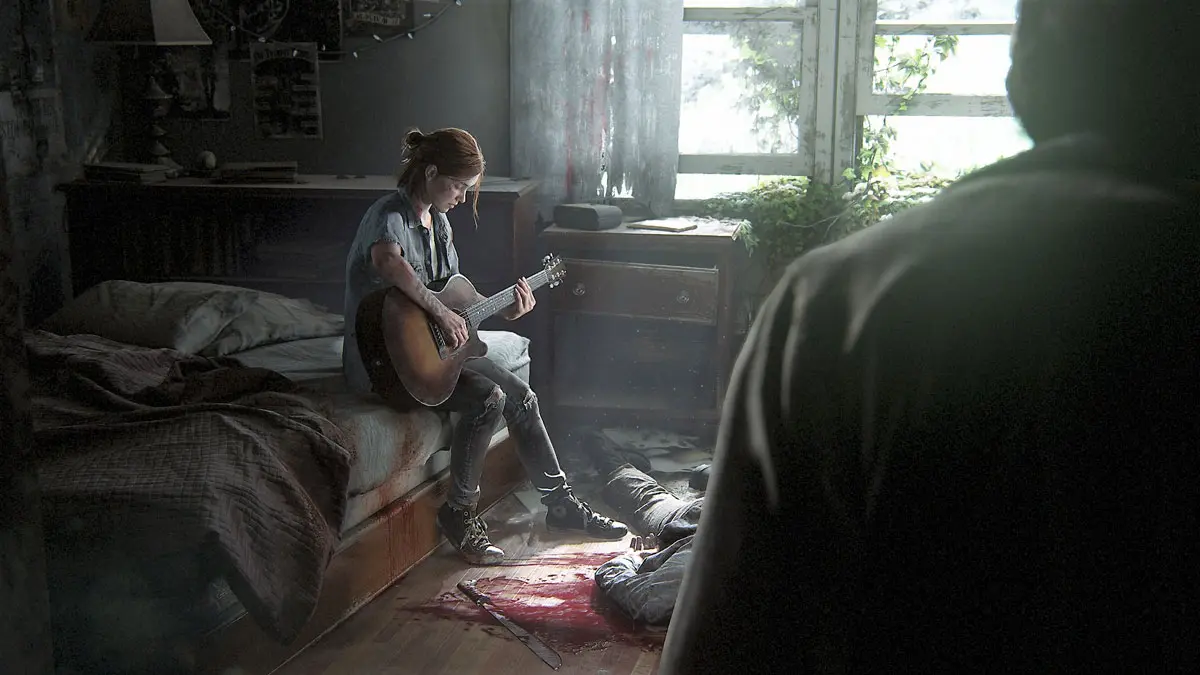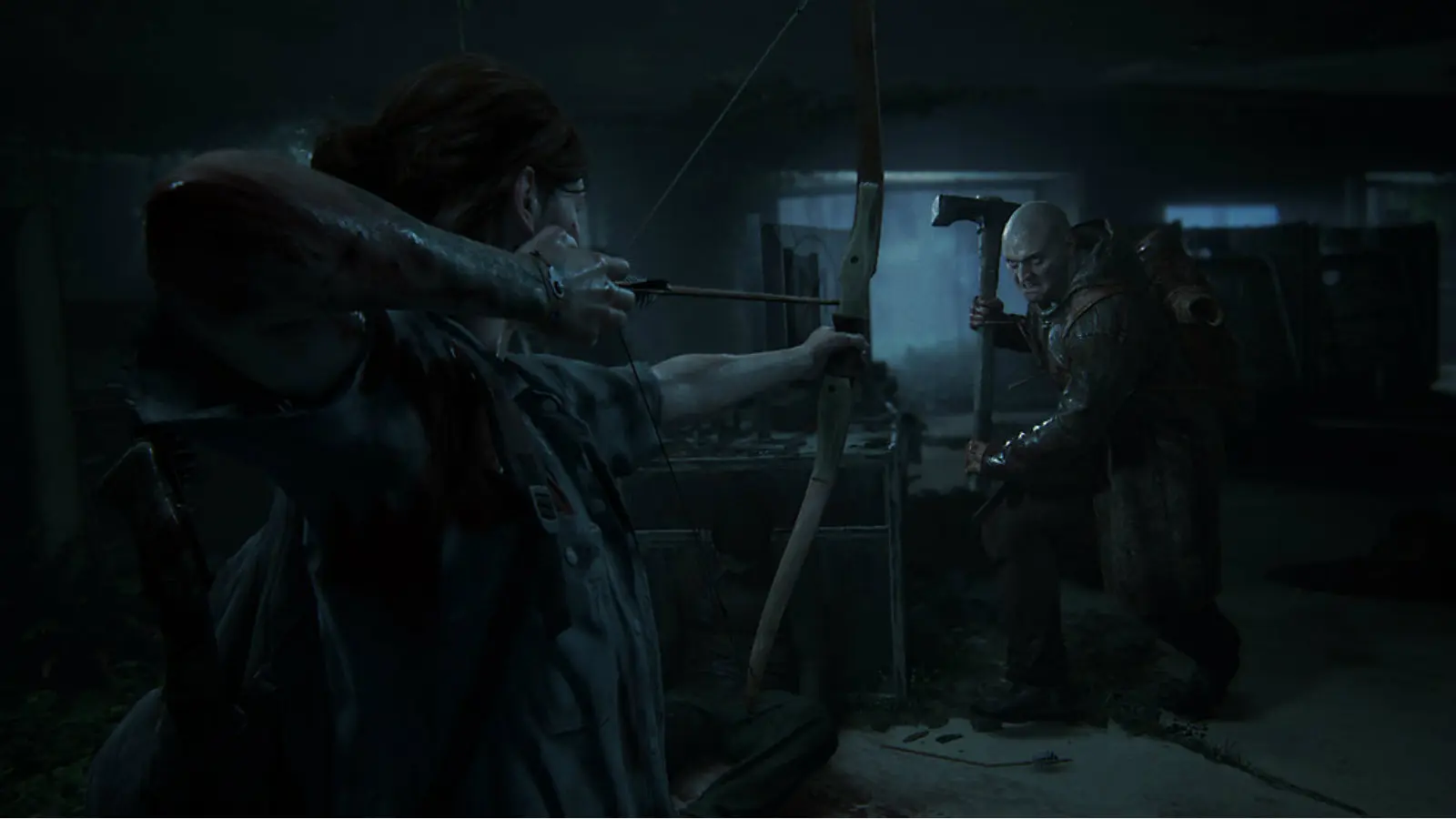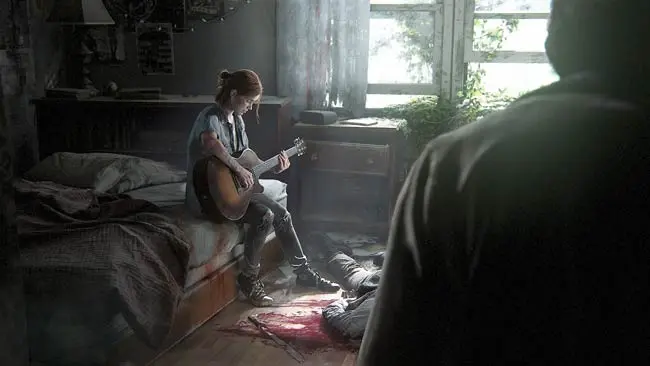
The Last of Us Part II is one of the best-reviewed games of the year, and it has smashed Sony’s first-party launch sales records. Yet, people are shying away from talking about it.
One of the biggest problems writing this review is knowing where to start. Adding to the discourse feels like trying to have a conversation about tactics in a football stadium with 80,000 rival fans spitting fury at one another, diluting the nuance.
Perhaps the meta-narrative shouldn’t be surprising. During the game’s production, director Neil Druckman said this was a game about hate. Spoilers were leaked months before the game released, allowing the alt-right to set a toxic tone. That journalists, developers, and actors have received death threats and been involved in spats with one another – whilst those acting in bad faith slither away unscathed – has been maddening in itself to watch unfold.
With that backdrop, I was wary about The Last of Us Part II. Yet, it only took a matter of minutes to shed that caution. I was reacquainted with the characters I’d been on an emotional journey with when the first installment released on PS3 back in 2013. We pick up with Joel confessing his secret about the choice he made at the climax of the first game to his brother Tommy, a decision that defines this game.
“We’re shitty people, Joel.”
Whilst the Fireflies were going to rob Ellie of her consent, Joel’s choice was a selfish one that perpetuated a world of violence. His legacy is failure. That is what makes his character, and indeed his choice, compelling.
Something that resonated with me during the first game came when Tess said: “Guess what. We’re shitty people, Joel. It’s been that way for a long time.” It’s easily forgotten when you witness his bond with Ellie grow, but shitty people can care too. As Joel and Tommy shamble back to the Jackson County settlement, we know that the relative safety of this shelter is temporary.
The level of detail packed into this game is on another level to anything else in this console generation. Four years into the future, Joel has transitioned into the role of a surrogate father. Scattered throughout his home are books about space and dinosaurs as he tries to relate to Ellie. We get a feel for the person Joel is trying to be. These glimpses make the story hit hard as this is a role he can never fill in the violent world he helped perpetuate. The more he papers over the cracks with chats about comics, the more his and Ellie’s relationship fractures because of the lie.
The pinnacle of Sony’s AAA games
From a gameplay perspective, it’s the most refined iteration of a familiar formula. This is the pinnacle of Sony’s attempts at AAA games so far. The enemy AI is incredibly intuitive. They manage to be both reactive and proactive, finding a level of realism that I’ve yet to encounter in video games.
Another welcome evolution from the first game is your companion’s intelligence. Gone are the days where they scramble around in front of clickers without alerting them as you creep between hiding spots. They too pitch in more effectively in combat support, which is welcome when you come up against the new stages of infected enemies.
As satisfying as the combat is, it’s difficult not to then question how effectively you can interrogate cycles of violence when being violent is part of the selling point. Things get grisly when you’re fighting the Washington Liberation Front (WLF) and the Seraphites. NPCs will scream and wail; oftentimes they’ll cry out their dead companion’s name. Chances are, you’re probably going to have to kill at least one dog as they sniff you out, though thanks to the difficulty settings their effectiveness can be neutered.
Accessibility features have rarely been so granular. On top of a broad difficulty setting, there’s a sliding scale each of which can be adjusted without impacting the other. Frequency of items, enemy difficulty, and changing UI colors among other things can all be adjusted. This should be the standard for games going forward.

Indeed, that’s the aim of The Last of Us Part II across the board. It’s aiming to be the best. It’s trying to be bold. And, contrary to the tone of some recent discourse, it should be critiqued at the standard it’s trying to achieve.
The environments are stunning. From nature reclaiming downtown Seattle to the subterranean levels infested with infected and the snow-covered hills of Jackson, Naughty Dog finds a way to bring each setting to life – even when it’s trying to extinguish your own. The level design adds some variety to many of the encounters you face throughout your playthrough. However, the narrative is undoubtedly where this game is at its boldest for a AAA game.
Ashley Johnson is terrific as Ellie
People who enjoyed The Last of Us’ story may not like its successor. Part II makes no apologies for this. The plot challenges you in a manner in which AAA video games rarely do. It’s hard to explain why without wading into spoiler territory – and, for me, doing so would ruin part of the experience. What I will say, though, is to give it a chance and allow the quality writing that has defined Naughty Dog for over a decade to do the work.
Ellie’s journey is absorbing from start to finish. It will often sap you emotionally, but that will usually be alleviated by quieter moments which allows joy to thrive. Many of those moments come through flashbacks, woven throughout the narrative to contextualize much of the present-day story. Ashley Johnson is terrific as Ellie. To go through such a range of emotions at different stages in Ellie’s life – and do it convincingly – is a challenge only conquered by someone with incredible talent.
It’s heartening to see representation for the LGBTQ+ community in a AAA game. Ellie’s relationship with Dina forms much of the emotional core and is a constant reminder of what she stands to lose. These are the moments that you churn through the grim sections for, the glimmers of humanity and moments of connection.
Of course, there are sections where the game drags. It took me around 25 hours to complete on my first playthrough. Whilst there are plot reasons that reset the momentum, some sequences still run a little too long.
The violence is purposeful
It will continue to divide opinion, but by the time the game was over, I felt the violence had merit. During the final sequence, I was overwhelmed, partly down to the acts of violence carried out.
I never felt like I was being blamed for them after being forced to do them. Instead, they added weight to a battle that stirred emotions I’ve rarely felt in such a moment in a video game. To the game’s credit, it never insinuates that Ellie is an affable character after she embarks on her revenge mission. Joel’s influence is clear to see here.

That speaks to something in a structural sense; Ellie enters a role traditionally occupied in games by male power fantasy characters like Joel. It’s clear that whilst she’s more than capable, she’s incompatible, as evidenced by moments like her attempt to deploy Joel’s map trick to coerce information out of two enemies.
You want her to walk a different path. But in a world that has only ever taken what she’s loved from her, she continues to follow that cycle. The only way to stop it is to take responsibility and break the cycle, the structure, which has been enforced upon her.
Whether she’s able to do that – and at what cost – is ultimately one of the game’s biggest questions, and perhaps where the dissonance between critiquing violence and the combat you participate in is most apparent. Perhaps if it were to be so bold as to alter the gameplay formula – the way it does its narrative – it would exceed that limitation. Regardless, it would be unfair to hold it to a design philosophy that it never promised to have.
Conclusion
The Last of Us Part II will be talked about for years to come. The original game’s impact has been felt for the last seven years across this entire console generation. Time will tell what its successor’s legacy will be. I’ve been thinking about the emotional journey, the characters, and the themes the game explores for nearly two weeks now, and I suspect I will continue to think about it for quite a while yet.
Amongst the commentary about cycles of violence and obsession, one of the things that stood out to me was taking responsibility for our own actions to shape our own environment. Whilst I don’t think anyone needs to be told killing is bad, accountability is becoming as rare a commodity as empathy. That’s why it’s important that whilst it may be a game about hate, the moments of love in the game are what define The Last of Us Part II.
